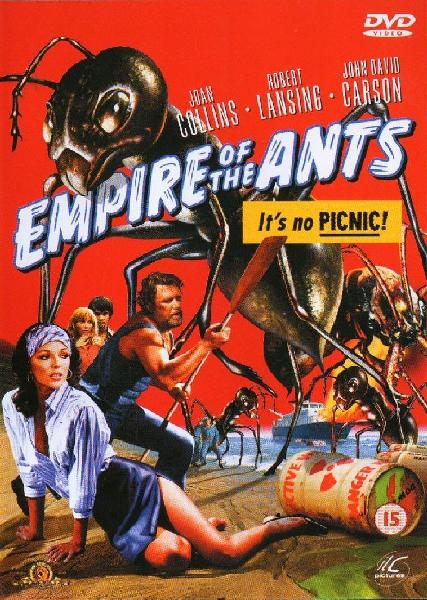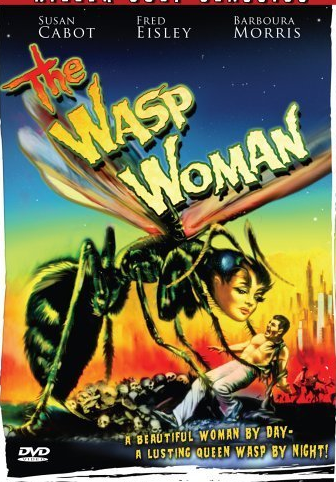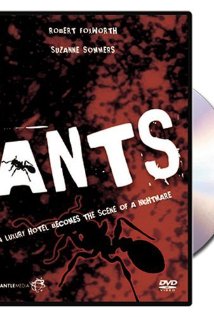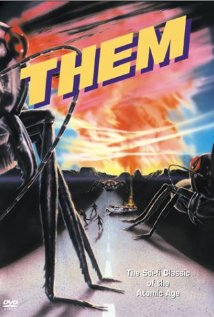When I was in college I had the amazing fortune to take a course with paleontologist, evolutionary biologist, and science historian Stephen Jay Gould. His lectures were entertaining, fascinating, fact-filled, and completely accessible to non-science majors. He instilled in me a lifelong love of quirky science, and especially the history of science. I remember one of his lectures opened with this image: The subject of the class was about size and shape, and the relationship of surface to volume. All animals, from a tiny gnat to a giant seismosaurus, are shaped to their advantage by natural selection. They assume sizes and shapes that allow them to adapt best to their environment, and they are ruled by gravitational forces. If an animal grew larger but kept the same shape, there would be a decrease in relative surface area, because volume grows more rapidly than does surface area.
The subject of the class was about size and shape, and the relationship of surface to volume. All animals, from a tiny gnat to a giant seismosaurus, are shaped to their advantage by natural selection. They assume sizes and shapes that allow them to adapt best to their environment, and they are ruled by gravitational forces. If an animal grew larger but kept the same shape, there would be a decrease in relative surface area, because volume grows more rapidly than does surface area.
 That’s why a fifty-foot woman is impossible, at least proportioned the way she is in the movie. She’d have to have massive legs to support her increased volume. And it’s why so many of my favorite sci-fi films about killer bugs that grow to be the size of a school bus are–spoiler alert!–impossible. The reason huge animals like whales can exist is that they live in a nearly weightless water environment. On land, smaller animals must remain small because if they grew larger, their volume would increase more rapidly than would their surface area, and their legs would not be able to support their weight without thickening considerably (think of the legs of an elephant or a rhino).
That’s why a fifty-foot woman is impossible, at least proportioned the way she is in the movie. She’d have to have massive legs to support her increased volume. And it’s why so many of my favorite sci-fi films about killer bugs that grow to be the size of a school bus are–spoiler alert!–impossible. The reason huge animals like whales can exist is that they live in a nearly weightless water environment. On land, smaller animals must remain small because if they grew larger, their volume would increase more rapidly than would their surface area, and their legs would not be able to support their weight without thickening considerably (think of the legs of an elephant or a rhino).
 The large insects in these films could never walk up walls or fly. As Gould points out, “…the ability to fly depends upon the surface area of the wings, while the weight that must be borne aloft increases as the cube of length.”
The large insects in these films could never walk up walls or fly. As Gould points out, “…the ability to fly depends upon the surface area of the wings, while the weight that must be borne aloft increases as the cube of length.”
So don’t worry. It’s only a movie.



Source: Gould, S.J. 1974. Size and Shape. Nat. Hist. 83: 20 – 26